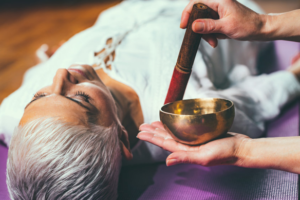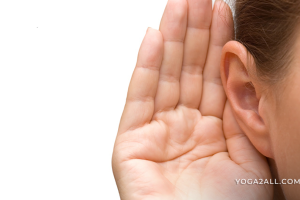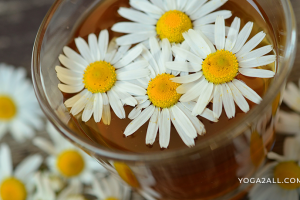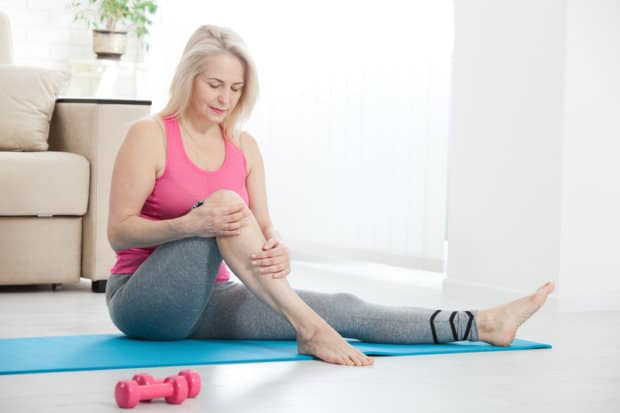
Sprains or strains, based on the level of damage caused to tendons, muscles and ligaments, affect our day-to-day activities. The more severe pains and injuries require professional medical attention; whereas, the less severe strains and sprains can be effectively treated at home. The most preferred method to do the same for many is Hot Cold Therapy also known as hot and cold therapy. Depending on the type of injury, you can use both or either of these therapies. Read further to find out the use and benefits of both the therapies so that you can use them appropriately as and when the need arises.
Benefits of Ice Therapy
Ice therapy is one of the best therapies comes under hot and cold therapy for treating injuries wherein swelling and inflammation has to be reduced. You can use commercial hot cold therapy wraps, ice cubes, cold cloth, and crushed ice compresses in the process. When you put them on the injured part, they make blood vessels narrow that decrease the blood flow and reduce inflammation and swelling in return. As the ice gives a numbing effect on the injured part, it results in effective pain management. Ice therapy should be typically used within the first 24-48 hours for preventing tissue damage. Not just after injury but ice packs can also be used for treating muscle spasms and pain after exercise regimes or any other physical activity.
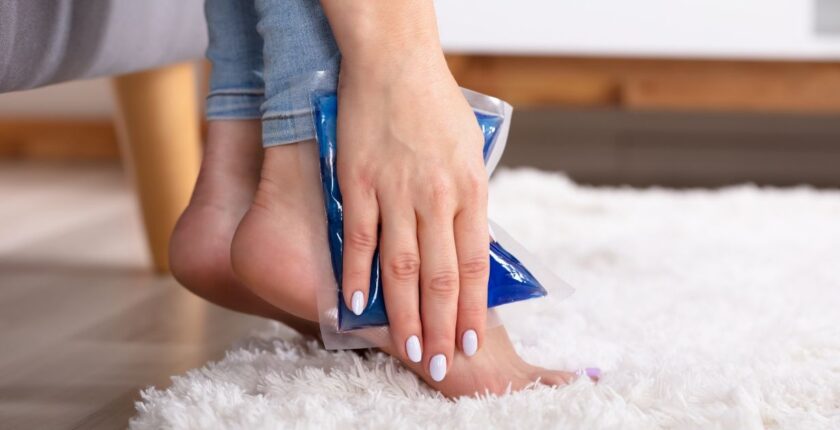
When and How to use Ice Therapy
Effective ice therapies involve multiple applications in a day but not for more than 20 minutes at a time. If the injury is not that severe, a single application in a day would also achieve the result. You can always wrap the ice pack in a towel to prevent direct contact and frostbite. You should never use ice therapy immediately before physical activity when the area of icing is numb or the pain and swelling involves a nerve. Athletes who have vascular disease, cold hypersensitivity, sympathetic dysfunction or open wound should also not go for ice therapy.
Benefits of Heat Therapy
Hot and cold therapy benefits are undeniable. Heat therapy plays an effective role in treating joint pains, stiffness and muscle spasms. If you are thinking to take hold and cold therapy then heat therapy comes into it. However, one must know the right use of hot cold therapy for realizing all its benefits. Heat therapy boosts blood circulation, which, in turn, helps repair damaged muscles, improve stiffness and relieve inflammation. Heat can be a reliable medium for warming up stiff or scarred soft tissues before stretching or exercise. It may help relieve pain and discomfort associated with neck or back injuries also. For effective heat treatment at home, you can count on several products that help heat to penetrate deep into the skin tissues. For example, there are hot cold therapy wraps and heat pads. You can also go for warm soaks in the hot tub or expose your joints and stiff parts to sun rays early morning.
When and How to use Heat Therapy
For the wider areas that require heat treatment, you can use heating pads and wraps. On the other hand, you can give heat treatment to your small joints through hot baths or sunbathing. Minor aches and discomfort usually require 15-20 minute heat treatment every day, whereas, chronic muscle soreness and joint stiffness requires at least an hour or two of heat treatment every day.
You have to be cautious regarding temperature and timing of heat treatment, as longer duration and high temperature can cause burns and increase swelling and inflammation. Likewise, you should never apply heat on the numb area or if there is an open wound. Never go for heat therapy immediately after physical activity or an acute injury. Heat therapy should also be avoided if body temperature is elevated because of heat stress or fever.
Author Bio: Pawan Sharma is a rabid Health and Fitness aficionado. He is a Health and fitness lover and loves to share his knowledge about health. In his free time, he loves to play basketball and to play with his kids.


